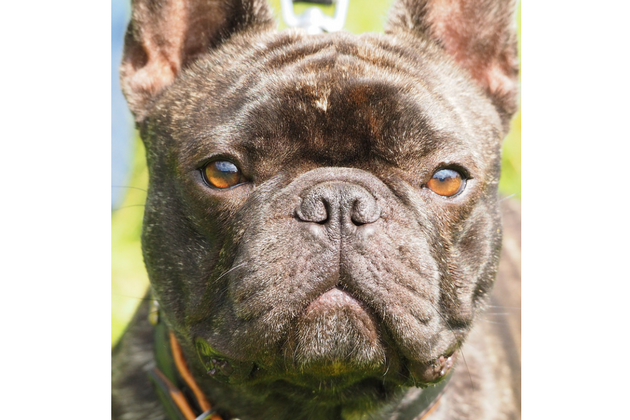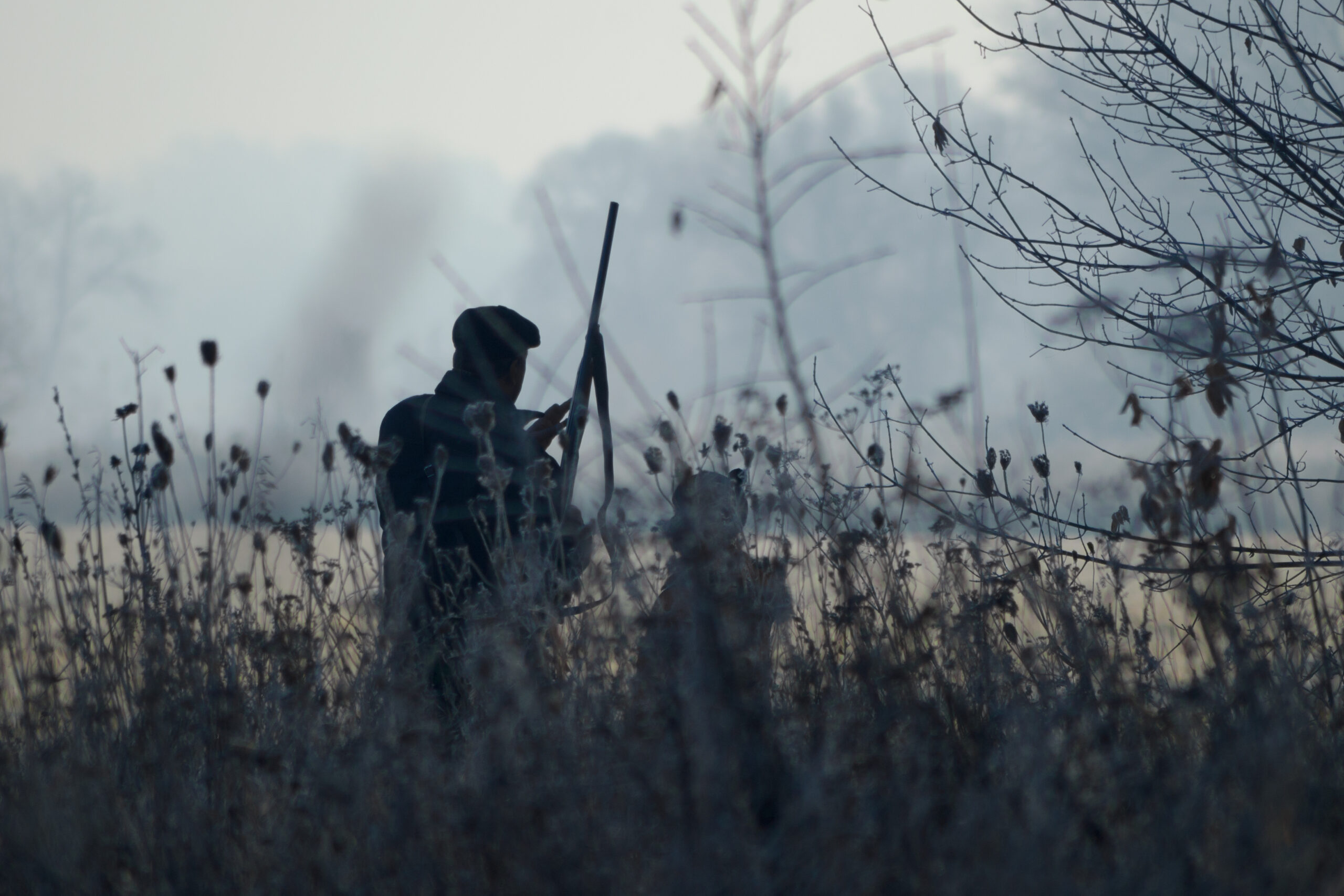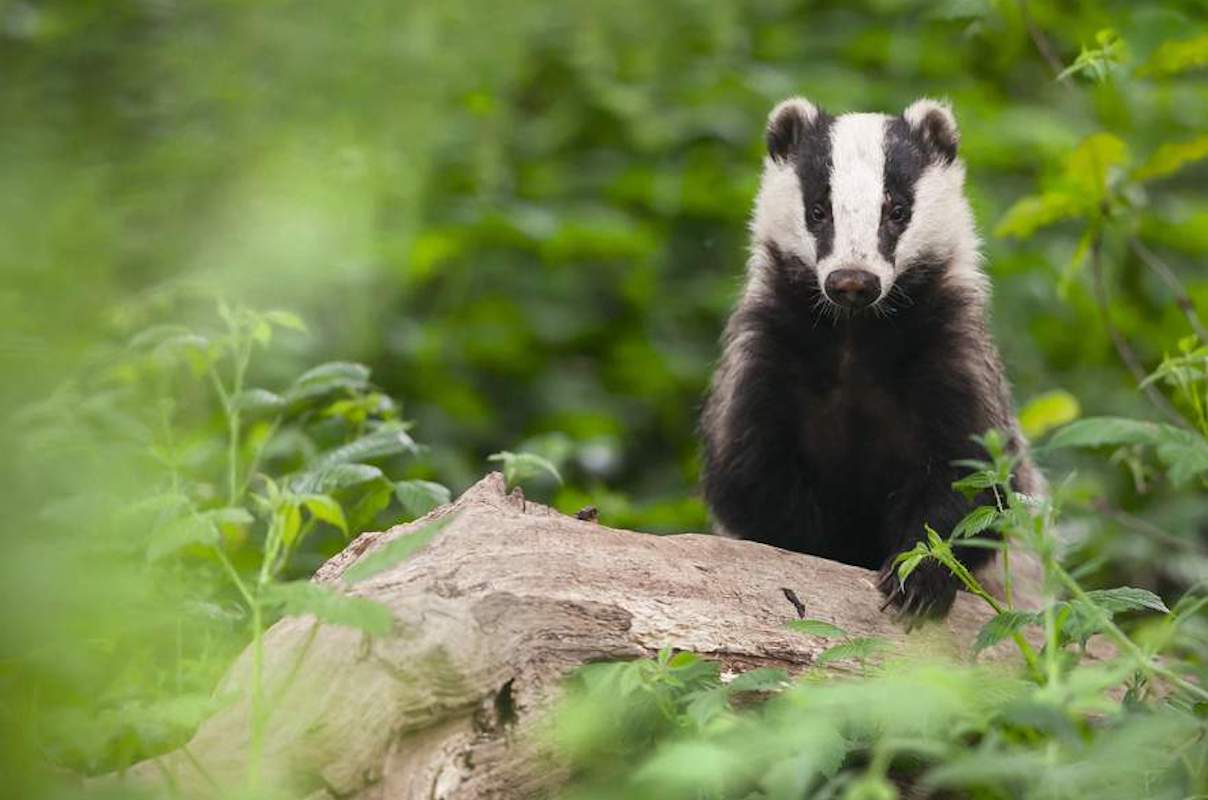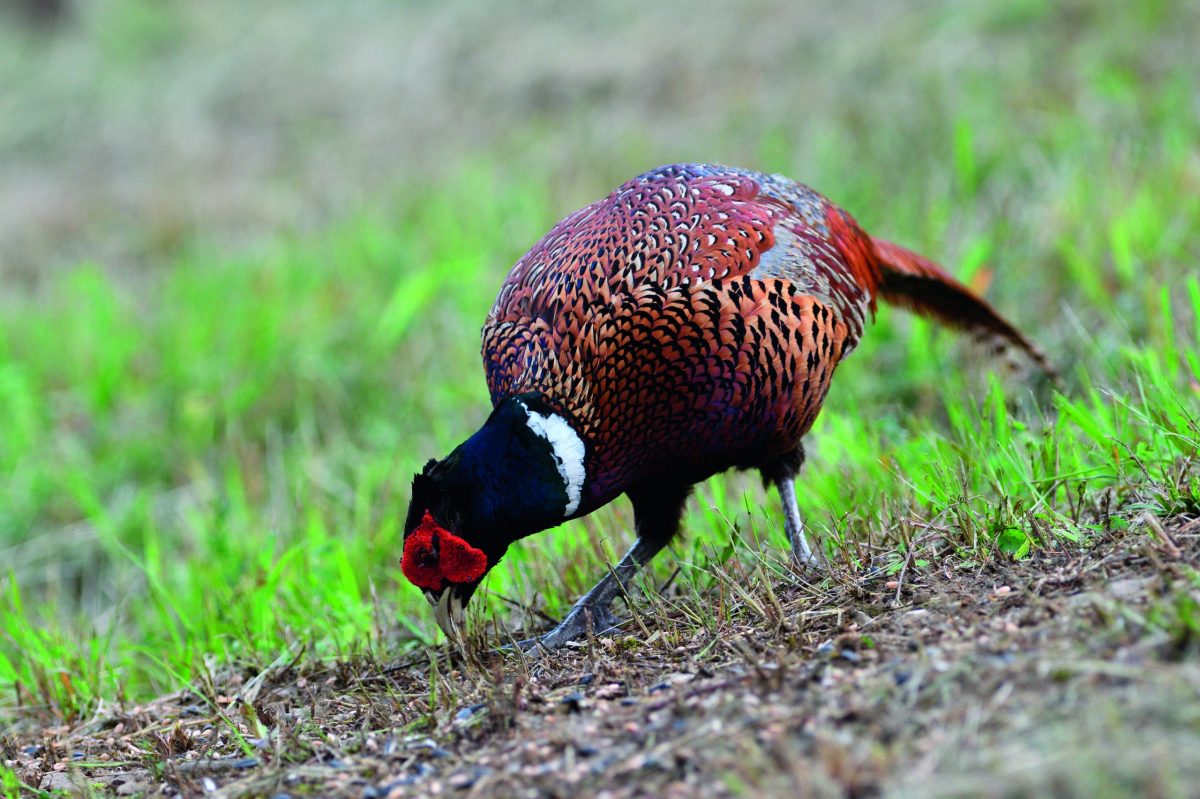Why the French bulldog is bad news
The French bulldog is on track to replace the Lab as our most popular breed. David Tomlinson explains why it's bad news

French bulldogs suffer respiratory problems
If you like both dogs and statistics, the Kennel Club’s annual registration figures always make a fascinating read. Those for 2017 are as intriguing as any. Once again the Labrador was top dog, with 35,068 registrations, an increase of 1,212 over 2016. That might not sound a lot, but it is more than the registrations for English setters, Gordon setters, curly-coated retrievers, Clumber spaniels, field spaniels, Sussex spaniels and Welsh springers combined (1,169).

The Labrador has been the UK’s most popular dog breed for nearly three decades
However, in 2016 the Labrador had a 12,002 lead over the second most popular breed, the cocker spaniel (21,854). Cocker registrations were up in 2017 by 1,463; an impressive figure, but it wasn’t enough to enable the cocker to hold on to second place in the popularity stakes.
Britain’s second most popular breed by a considerable margin is the French bulldog, with registrations up from 21,470 in 2016 to a remarkable 30,887 last year. You don’t have to be a statistician to work out that, at this rate, the Frenchie will push the Labrador into second place by the end of 2018.
The French bulldog equals vet bills
I regard this as very bad news. French bulldogs, like all brachycephalic (flat-faced) breeds, suffer from respiratory disorders because they can’t breathe properly. Spinal disorders and eye, heart and joint diseases are all common problems. Many of these dogs end up in rescue because their owners can’t afford the vets’ bills.
To make matters worse, the pug, another brachycephalic breed, is in fourth place (10,783), with the bulldog in sixth (9,450). I wonder how many new owners really know what they are taking on when they buy one of these dogs. The average lifespan of a bulldog is eight. With the typical price of a puppy somewhere around £2,000, that’s not value for money.
Pedigree breeds
Most pedigree breeds enjoyed
a rise in registrations in 2017, which was good news for the Kennel Club, as it makes most of its money from registrations. Just six of the breeds in the top 20 saw a fall in registrations, and these were mostly quite modest, though the Cavalier King Charles spaniel dropped from 4,114 to 3,588. I like Cavaliers, but they are another breed with serious health problems.
Moving away from the top 20
to gundog registrations and there is still plenty to ponder over. The Clumber bucks the trend for our native gundog breeds by recording 265 registrations, the breed’s best year since 2010 (271).
Of course, there is no way of knowing how many of those puppies were bred for show or work. Our other minority spaniel breeds remain in trouble: 56 Sussex spaniels were registered, along with 50 field spaniels and 69 Irish water spaniels. Welsh springers notched up 362, an average figure for the breed. English springers, once our second most popular breed, scored 9,958, so they held on to number five in the top 20.
With 53 puppies registered, the curlycoated retriever had its worst year for a decade. Numbers of flatcoats continue to fall, though the figure of 1,098 is a reminder of how popular it is in the show ring, if not the shooting field. Golden retrievers (7,846) had their best year since 2011.

The Hungarian wirehaired vizsla ia a tough, all-purpose hunting dog
When it comes to the continental gundog breeds, it is interesting to see that both the Hungarian vizsla (an impressive 2,756) and its wirehaired cousin (772) continue to grow in popularity, while figures for the three German pointers — shorthaired, wirehaired and longhaired — are little changed. I thought that the longhaired might have had a surge in popularity following the breed’s success in the HPR Championship, but that’s not the case. Just 27 puppies were registered, fewer than the Slovakian roughhaired pointer (47).
I was amused to note that just a single small Munsterlander was registered last year, only the fourth in 10 years. That is still better than the American water spaniel, a breed that I have never seen in the flesh. Just two have been registered in the past decade, and none since 2013.
English springers
The most frustrating thing about these figures is that there is no breakdown between working and show/pet dogs. I would guess that most of the English springers are working dogs, as show-bred springers are comparatively rare. I also suspect that there may be more unregistered litters of English springers produced every year than any other breed, so their number five top-20 position is probably misleading.

David Alfille, who runs the beating team at Holbeam Wood, with a trio of cockerpoos
Curiously, where I walk my spaniel I rarely see any of the brachycephalic breeds, but perhaps that is because they don’t need much exercise, as they find walking too much like hard work. I do, however, see an ever-increasing number of cross-breeds, with cockerpoos definitely on top. So many do I see that I wouldn’t be surprised if cockerpoos are more popular than pugs.
The rise of the Labradoodle seems to have stopped.








